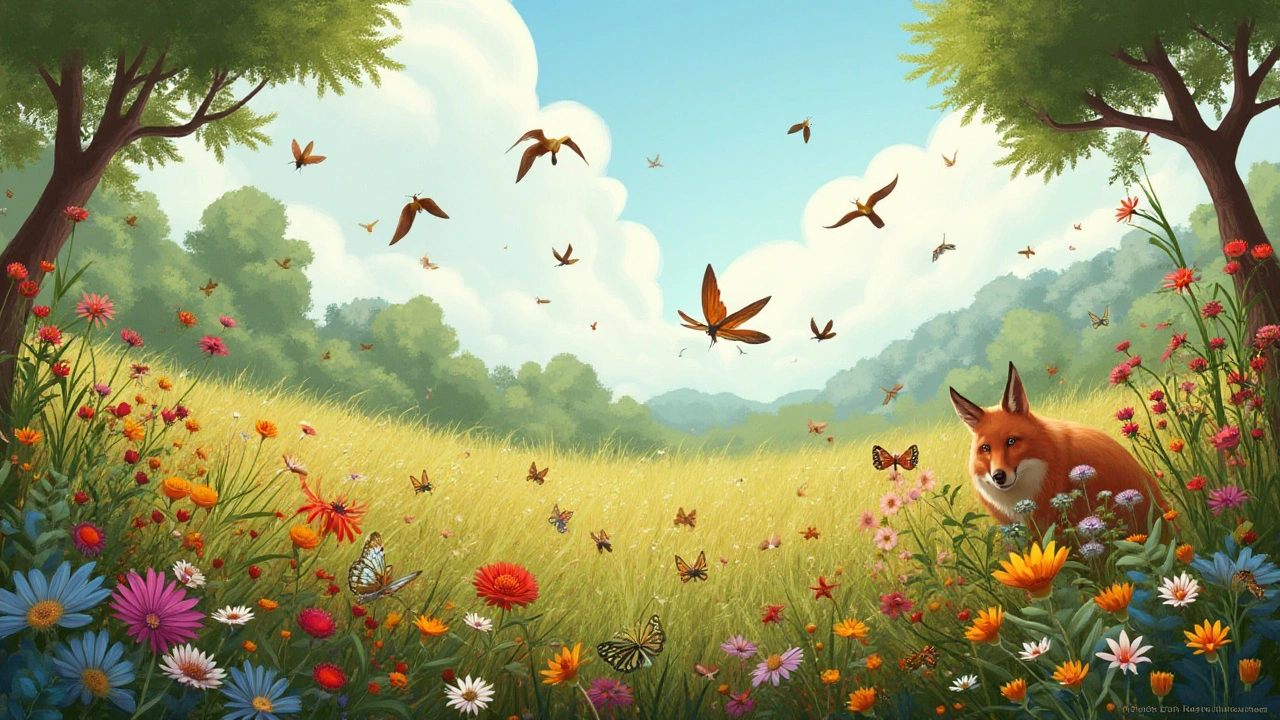Ecological Hierarchy: What It Is and Why It Matters
Ever wondered how a tiny plankton can affect the biggest whale? That connection is part of the ecological hierarchy – the way living things are organized in layers, from tiny producers up to top predators. Think of it as a ladder where each rung supports the one above it. When you understand this ladder, you see why protecting one part of nature helps the whole system stay healthy.
What Is an Ecological Hierarchy?
The hierarchy starts with producers, plants and algae that make energy from sunlight. They form the base, called the primary level. Next come herbivores, the animals that eat those plants – the first set of primary consumers. After that, carnivores that eat herbivores become secondary consumers, and the chain can keep going up to tertiary and quaternary consumers, which are the top predators.
Each step is a trophic level. Energy moves up the ladder, but only about 10% of the energy from one level makes it to the next. That’s why there are usually fewer animals at the top – there’s simply less energy to go around.
Why It Matters in Everyday Life
Understanding the hierarchy helps you see why a backyard garden can support more than just flowers. Planting native herbs gives insects food, insects feed birds, and birds control pests. It’s a mini‑ecosystem that follows the same rules as a forest.
When a species disappears, the whole ladder can wobble. If bees decline, plants that rely on them produce fewer seeds, herbivores lose food, and predators eventually feel the impact. That’s why conservation isn’t just about saving big animals; it’s about protecting every rung on the ladder.
Even human activities fit into the hierarchy. Farming creates a new producer layer, but if we over‑use chemicals, we can harm the insects that keep soil healthy. Recognizing the link helps farmers choose practices that keep the whole system working.
Here are three quick ways to support the ecological hierarchy in your daily life:
- Plant native species – they feed local insects and keep the base strong.
- Provide water sources – a simple birdbath or pond helps herbivores and predators alike.
- Reduce pesticide use – protecting pollinators keeps the energy flow moving.
When you see a butterfly, a squirrel, or even a mushroom, you’re looking at a piece of that hierarchy in action. Each piece matters, and every small effort adds up.
So next time you’re out walking, think about the ladder beneath your feet. Spot the plants, notice the insects, watch the birds, and imagine how they all fit together. That simple shift in perspective can turn everyday moments into a deeper appreciation for the natural world.

Understanding the 7 Levels of Ecological Organization
Ecology, a branch of biology, demonstrates how species are interconnected, supporting the delicate balance of our planet. The seven levels of organization in ecology provide insight into these complex relationships, ranging from individuals to the entire biosphere. This framework helps us explore ecosystems efficiently, allowing for targeted conservation efforts. By understanding these levels, we can better appreciate and protect the intricate diversity of life.